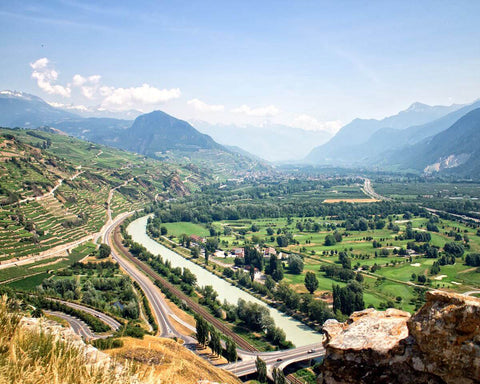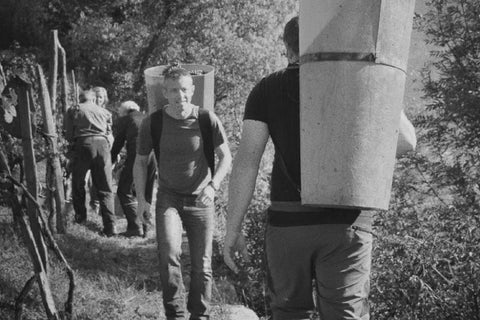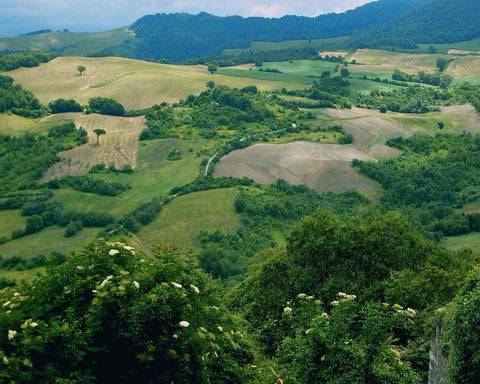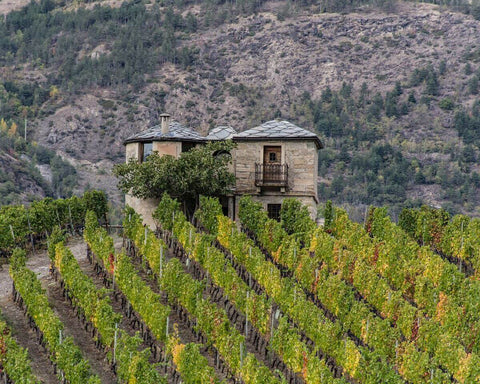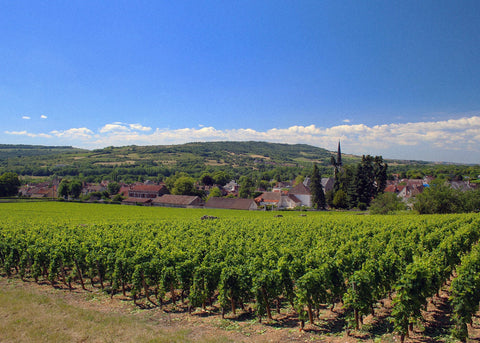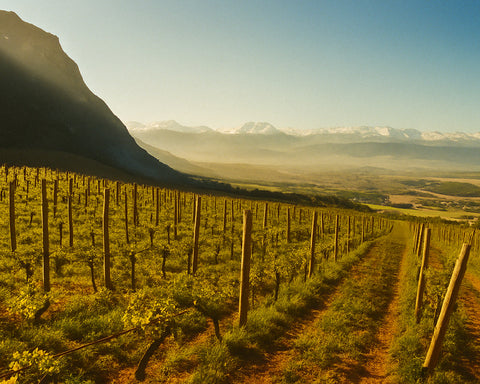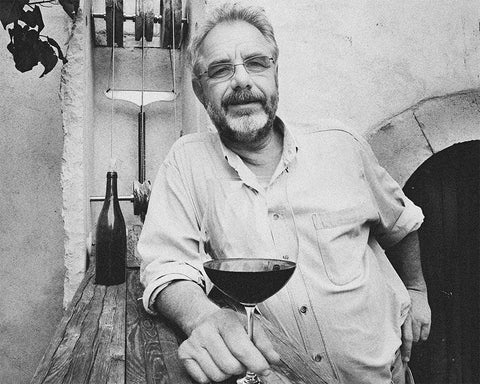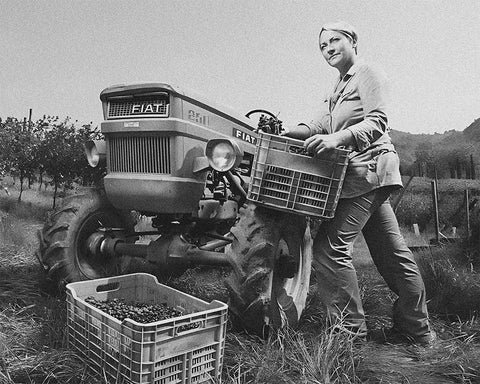Introduction
Biodynamic farming in viticulture represents a holistic and sustainable approach to grape cultivation and wine production.
This method, founded by Rudolf Steiner in 1924, is based on the principles of anthroposophy and views the farm as a living organism.
It is one of the earliest movements towards organic agriculture, emphasizing respect for the spiritual dimension of the living and inorganic environment.
Biodynamic viticulture uses specific preparations to stimulate soil nutrient cycling and enhance photosynthetic activity, promoting a balanced ecosystem.
The growth of organic and biodynamic viticulture has been significant over the years, driven by consumer demands for healthy, environmentally friendly food and wine.
This trend is particularly notable in the wine sector, with a growing number of prestigious wineries adopting these practices.
Research indicates that organic and biodynamic viticulture improves soil properties and biodiversity, although it may lead to slightly lower growth and yield compared to conventional methods.
However, these systems do not compromise on the quality of grapes and wine produced.
One of the key aspects of biodynamic viticulture is its effect on soil fertility. Without using synthetic nitrogen fertilizers, biodynamic farms rely on compost to supply nutrients.
This method enhances soil nutrient cycling and biological activity, contributing to better soil health.
Studies have shown a clear increase in biodiversity under organic and biodynamic management, with higher species richness and abundance in various trophic levels.
What is Anthroposophy and What are its Principles?
Rudolf Steiner's Anthroposophy, emerging in the early 20th century, blends spiritual, scientific, and artistic elements into a comprehensive philosophy.
It aims to enrich our understanding of human interaction with the natural world. Anthroposophy, as Steiner's vision, bridges the material and spiritual worlds, advocating that humans can attain spiritual insights through personal growth.
This philosophy transcends mere intellectualism, integrating artistic and intuitive understanding. Influencing sectors like education, medicine, and agriculture, Anthroposophy fosters a holistic approach in each field.
In agriculture, particularly in viticulture, it has been instrumental in developing biodynamic farming methods and aligning agricultural practices with the natural rhythms of the earth and cosmos.
Biodynamic Practices in Viticulture and Winemaking
In biodynamic viticulture, specific practices focus on creating harmony between the vineyard and its natural surroundings.
Herbal and mineral preparations are central, enriching the soil and plants. These include horn manure and horn silica, enhancing soil vitality and plant growth.
Vineyard activities align with lunar and astrological calendars, optimizing planting and harvesting times.
Biodynamics treats the vineyard as a self-sustaining ecosystem. This involves intercropping, maintaining biodiversity, and using natural composts.
The aim is to produce grapes in a way that respects and enhances the natural environment, crucial for crafting high-quality, expressive natural wines.
What are Biodynamic's main Practices?
- Herbal and Mineral Preparations: Central to biodynamic viticulture, these preparations include substances like horn manure (preparation 500) and horn silica (preparation 501). Horn manure is buried in cow horns over winter to enrich the soil, while horn silica, buried in the spring, aids in plant growth and light absorption.
- Lunar and Astrological Calendars: Biodynamic viticulture aligns vineyard activities like pruning, harvesting, and planting with lunar and astrological cycles. This practice is believed to enhance the vitality and quality of the grapes.
- Self-Sustaining Ecosystem: Biodynamic vineyards aim to create a balanced ecosystem. This involves methods like intercropping, which integrates various plants to promote biodiversity, and using natural composts to nourish the soil.
- Natural Composts: Composts in biodynamic farming are made from organic materials and are crucial for maintaining soil health. They bring essential nutrients and stimulate microbial activity in the soil.
- Intercropping and Biodiversity: Planting a diverse range of crops among the vines supports a balanced ecosystem, encouraging beneficial insects and reducing the need for chemical inputs.
Herbal and Mineral Preparations
Herbal and mineral preparations are integral to biodynamic farming, each serving a specific purpose to enhance soil and plant health. These preparations are unique to biodynamics and are used in homeopathic quantities, signifying a profound respect for their potency and impact on the farm ecosystem.
- Horn Manure (Preparation 500): Made by filling a cow horn with cow manure and burying it in the ground over winter. This process is believed to energize the manure, enhancing its ability to promote root growth and stimulate microbial activity in the soil. When applied, it's diluted in water and stirred dynamically to create a vortex, then sprayed onto fields. This is thought to improve soil structure and fertility.
- Horn Silica (Preparation 501): Involves filling a cow horn with ground quartz or silica and burying it during the spring and summer. The preparation is then diluted and sprayed onto crops, especially during the flowering stage. It's believed to enhance light absorption, improve plant color, flavor, and nutritional quality, and increase resistance to diseases and pests.
- Compost Preparations (502-507): These involve a series of herbal preparations added to compost piles. They include yarrow (502), chamomile (503), stinging nettle (504), oak bark (505), dandelion (506), and valerian (507). Each herb is prepared in a specific way (e.g., yarrow in a stag’s bladder, chamomile in a cow intestine) and is said to bring various qualities to the compost, like stimulating soil life, regulating nitrogen, and balancing elemental processes in the soil.
From a scientific perspective, while empirical data supporting the efficacy of these preparations is limited, some studies have suggested potential benefits.
For instance, research has shown increased microbial diversity and activity in soils treated with biodynamic preparations, which can be critical for nutrient cycling and overall soil health.
However, the mechanisms behind how these preparations work are not fully understood and remain a topic of debate in the scientific community.
Their effectiveness and impact are often attributed to the holistic approach of biodynamic farming rather than the isolated action of the preparations.
Further scientific research, particularly in the fields of soil science and plant physiology, is needed to fully understand and validate the effects of these biodynamic preparations.
Lunar and Astrological Calendar
Lunar and astrological calendars play a pivotal role in biodynamic farming, aligning agricultural practices with the rhythms of the cosmos. This approach is rooted in the belief that the moon, planets, and constellations significantly influence plant growth and soil health.
- Lunar Phases: Biodynamic farming considers the lunar cycle, particularly the waxing and waning phases, as influential in plant growth. The waxing moon, with increasing light, is believed to enhance growth above ground, while the waning moon, with decreasing light, is thought to support root development and soil nourishment.
- Astrological Influence: Biodynamics also incorporates astrological insights, specifically the positions of the moon in relation to the zodiac constellations. Each constellation is associated with one of the four classical elements (earth, water, air, fire) and is believed to influence specific aspects of plant growth. For example, leaf growth is associated with water signs, root growth with earth signs, flower development with air signs, and fruit and seed development with fire signs.
From a scientific standpoint, the impact of lunar and astrological cycles on agriculture is a subject of debate.
While traditional knowledge and anecdotal evidence support the idea, scientific studies offer mixed results. Some research suggests that lunar gravity can affect water absorption and plant sap flow.
However, conclusive evidence linking astrological positions to specific agricultural outcomes is lacking in mainstream scientific literature.
The integration of lunar and astrological calendars in biodynamic farming is more than a set of practices; it reflects a holistic worldview that seeks harmony between earthly and cosmic forces.
As such, its effectiveness is often evaluated within the broader context of biodynamic principles rather than isolated scientific scrutiny.
Self-sustaining Eco-system
In biodynamic farming, the concept of a self-sustaining ecosystem is central, where the farm is viewed as a single, interconnected organism. This approach is based on creating and maintaining a balanced, self-regulating ecosystem.
- Biodiversity: Biodynamic farms prioritize biodiversity, incorporating a variety of plants, animals, and microorganisms. This diversity is key to resilience against pests and diseases and promotes a balanced ecosystem. Research in agroecology has shown that biodiversity can enhance ecosystem services like nutrient cycling, pest control, and pollination.
- Soil Health: Soil is considered a living entity in biodynamics. Practices such as using biodynamic preparations and composts aim to enhance soil biology and structure. Studies have found that organic matter-rich soils, such as those in biodynamic systems, support a diverse microbial community crucial for nutrient cycling and soil health.
- Closed-Loop Systems: Biodynamic farms strive for minimal external inputs, creating closed-loop systems where waste products are recycled back into the farm. For instance, animal manure is composted and returned to the fields, enhancing soil fertility.
- Integration of Crops and Livestock: Integrating livestock with crop production is a common practice, where animals contribute to soil fertility through manure and grazing helps manage crop residues and weeds.
Natural Compost
In biodynamic agriculture, natural compost plays a pivotal role, functioning as a soil enhancer and a means to integrate various ecological processes. Biodynamic farming principles emphasize the interconnectedness of all farm elements, including plants, animals, and soil. This approach aims to create a self-sustaining system where each component supports and balances the others.
In the context of composting, biodynamic agriculture seeks to generate on-farm fertility. This is achieved through composting, integrating animals, cover cropping, and crop rotation. The composting process involves the transformation of animal manure, plant material, and soil into an effective source of nourishment for the farm, which in this view is a living organism. Integrating a variety of animals is crucial as it helps cycle nutrients and provides manures that nurture the soil. Similarly, cover crops add plant diversity and contribute to the soil's health through oxygen and nitrogen. In contrast, crop rotation balances the needs of different crops and fosters diverse expressions in the soil.
Biodynamic compost is distinct for being enhanced and enlivened through six specific preparations: yarrow, chamomile, stinging nettle, oak bark, dandelion, and valerian. These preparations involve a unique transformation process, bringing them into a relationship with the animal kingdom and the earth, amplifying the healing qualities of the herbs, fostering the growth of beneficial bacteria and fungi, and guiding the compost's development. These preparations are believed to stabilize nitrogen and other nutrients, multiply microbial diversity, and bring more sensitivity to the composting process. Additionally, they help attune the soil to the whole farm organism and broader influences while increasing soil life and stable organic matter.
Moreover, applying these compost preparations to the soil makes the soil more sensitive to cosmic rhythms and helps balance life processes, especially regarding fertility availability to plants. The compost preparations moderate the temperature curve of the thermophilic stage of composting, slightly slowing the temperature's ascent, keeping the peak temperature lower, and maintaining warmth in the pile longer than when not using the preparations.
Biodynamic composting techniques have been observed to create finished compost with an excellent humus structure and promote the health and balance of the farm. They are considered an integral part of biodynamic farming, enhancing soil and plant health while respecting and working in harmony with natural ecological processes.
For more detailed insights into biodynamic compost and its role in biodynamic agriculture, you can refer to the Biodynamic Association's website and the research published in Chemical and Biological Technologies in Agriculture.


